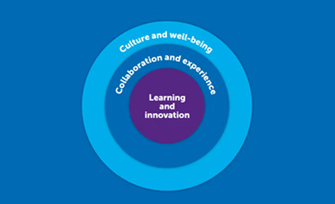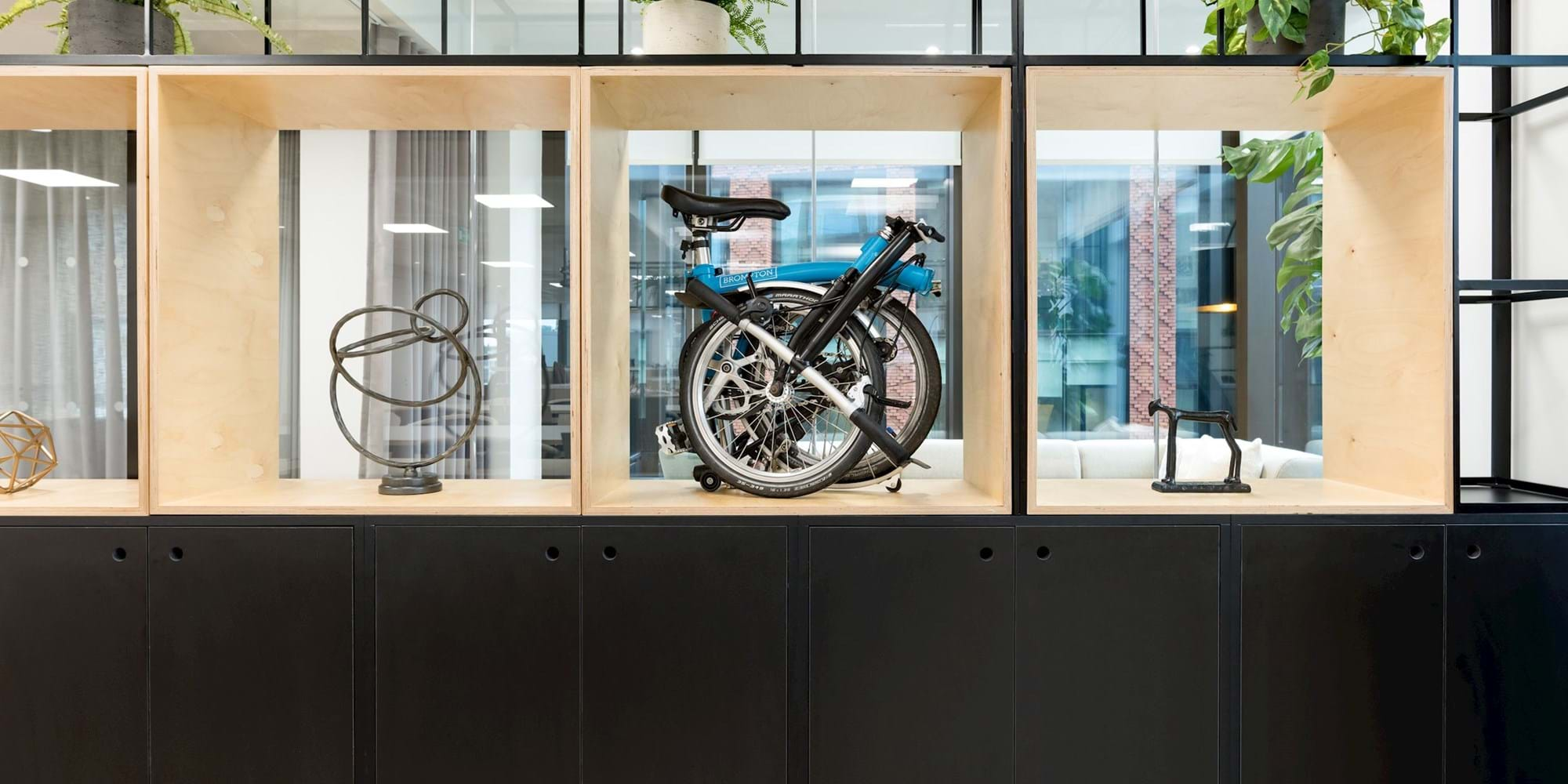Is flexibility the key to employee retention?
A new working model is emerging with flexibility at its core - affecting everything from place and process to culture and collaboration. A new paper from Condeco explores its key parameters.
Flexibility has become the new bargaining chip in the bid to attract and retain top talent. Flexible practices are permeating company policies, workplace design and the adoption of new technology. CRE (Corporate Real Estate) leaders are challenged with delivering flexible settings and solutions in a new and fast-changing world of work.
A new report published by Condeco, in partnership with WORKTECH Academy, looks at the challenges CRE leaders face and examines the research and learnings from the global pandemic to better understand the path to future success.
The research began amid the lockdowns of early 2021 when the struggle to establish a new workplace balance was perhaps at its most intense for CRE professionals. It concluded many months later as the world pivoted decisively towards flexible working, with hybrid, remote and work-from-anywhere models all subsets within this total approach.
The key findings from the research series highlighted the emergence of a new model for the future workplace and identified a series of layers within it that will be difficult to replicate in the emerging world of flexible work with its hybrid and remote variations.


The inner core of the model centres around the idea that the office is comprised of formal activities associated with knowledge work such as learning, training, mentoring, innovating and ideating. The report describes these activities as ‘higher-value interpersonal work’.
Beyond this formal core of activities, however, there is a second layer of more informal face-to-face interactions. Less scheduled, more impromptu and harder to define, such things as unplanned collaboration, serendipitous encounters or social workplace experience nevertheless add huge value to organisations. These informal activities are termed ‘higher-value social experience’
The outer ring of the model is the most intangible, but the most influential. Culture and wellbeing define the general environment in which people work and help to set the organisational context. Company culture and employee wellbeing can be described as ‘higher-value psychological comfort’ – both are intricately connected, and both suffered in the pandemic.
Understanding how the different layers, activities and interactions of the workplace combine will be critical to enabling CRE leaders to make a success of the new flexible work model in the future. Technology will play a critical role in any corporate strategy to create great working conditions for all employees, irrespective of physical location.
This article is based on a research piece 'How flexibility can unlock the potential of the future office’, authored by Academy reporting, for WORKTECH Academy. Workplace Futures Group is a Corporate Member of the Academy, which is a global online platform and membership organisation for the future of work and workplace design.
